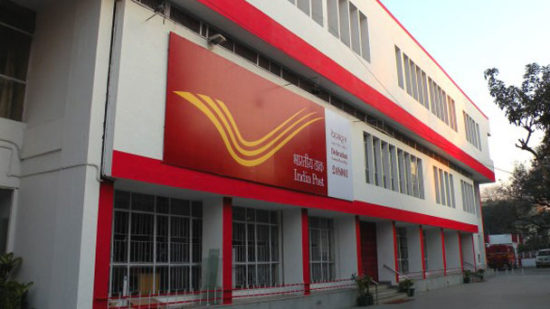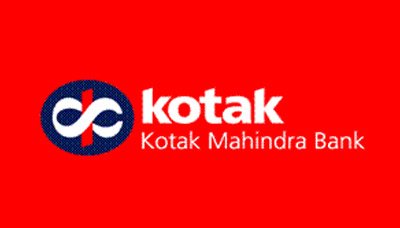India Post, which already offers limited financial services through its 154,800 post offices, is also becoming a payments bank with 650 dedicated branches involving an investment of Rs 800 crore, officials said on Wednesday. A meeting of the cabinet, presided over by Prime Minister Narendra Modi, gave its approval to the proposal, following an in-principle approval by the Reserve Bank of India earlier.
Payments banks offer small savings accounts, as also remittances and mobile and net banking services, notably to migrant labour workforce, low-income households, small businesses and other unorganised sector entities. They can also accept demand deposits up to a maximum of Rs 100,000 per individual customer issue ATM/debit cards and act as agents for simple financial products like mutual fund units and insurance.

“The payments bank will be a game-changer in rural and semi-urban areas. It will help in our larger goal of financial inclusion,” Communications Minister Ravi Shankar Prasad said after the cabinet meeting. “By September 2017, all 650 branches dedicated for postal payments bank will be operational.”
“All post offices, including the 1.39 lakh of the rural post offices, will be the access points for India Post Payments Bank. These post offices will be equipped with Micro-ATMs for facilitating both cash and digital transactions,” the minister added. More than 50 national and international banks, insurance companies, money transfer organisations are keen to tie-up with India Post Payments Bank, he said.
“We will start operations in March 2017 in about 50 districts ad quickly scale up to cover the entire country by the end of financial year 2018-19.”
Prasad said the India Post Payments Bank will be professionally managed and run by a chief executive, with assistance from the designated of the departments of posts services, expenditure and economic services. “The payments bank will have 5,000 ATMs,” the minister said. As regards the Rs 800 crore investment, half of it will be in the form of equity and the rest as grant, he added.
Some limited banking services are not new at post offices, which have been facilitating people to open savings accounts, recurring deposits, time deposit accounts and monthly income schemes and senior citizen savings schemes.
In addition, they also facilitate the opening and maintenance of provident fund accounts, and the purchase of National Savings Certificates, Kisan Vikas Patra and Sukanya Samriddhi accounts for the girl child.
The payments bank was first proposed by Finance Minister Arun Jaitley in 2014.
“After making suitable changes to current framework, a structure will be put in place for continuous authorization of universal banks in the private sector in the current financial year,” Jaitley said in his budget speech on July 10, 2014.
“Differentiated banks serving niche interests, local area banks, payment banks are contemplated to meet the credit and remittance needs of small businesses, unorganised sector, low income households, farmers and migrant work force.” Highlights of the India Post Payments Bank:
- It will offer basic banking, payments of direct benefit transfers, utility bills, collection of taxes and fees, remittances.
- It will also provide easy access to loans, collect EMIs, provide insurance (life, health, accident, two-wheeler/auto, crop, etc), pensions, investment opportunities like mutual funds, forex etc. in tie up with third party financial service providers.
- It will have a focus on rural, semi-urban, unbanked areas and among the under-banked segments of the society.
- India Post Payments Bank will usher in state of the art internet and mobile banking platforms, digital wallets, use emerging technologies such as Unified Payments Interface (UPI), e-KYC and catalyse the shift from a cash dominant to a less cash economy.
India Post to open payments bank with 650 branches





